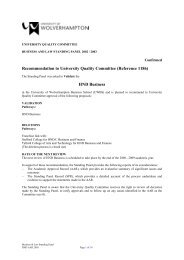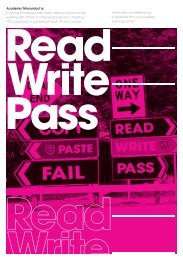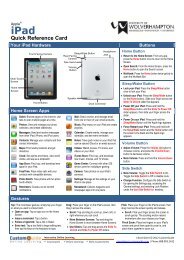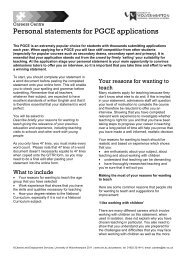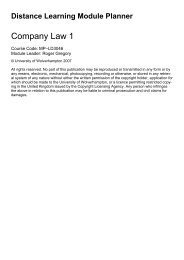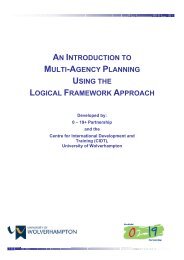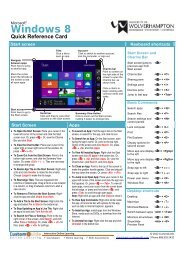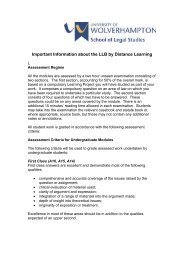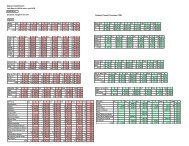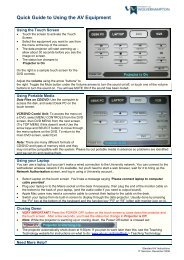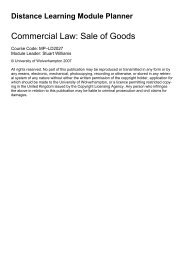Guidelines for Marking the work of Students who - University of ...
Guidelines for Marking the work of Students who - University of ...
Guidelines for Marking the work of Students who - University of ...
- No tags were found...
Create successful ePaper yourself
Turn your PDF publications into a flip-book with our unique Google optimized e-Paper software.
12. Special examination arrangements <strong>for</strong> studentswith dyslexia1. A student with dyslexia may have recommendations <strong>for</strong> specialexamination arrangements, such as additional time, a reader/amanuensisor <strong>the</strong> use <strong>of</strong> a word processor.2. Where a support <strong>work</strong>er acts as a reader/amanuensis, <strong>the</strong> student withdyslexia should be placed in a separate room from o<strong>the</strong>r candidates. Forexaminations that take place in <strong>the</strong> main examination weeks, <strong>the</strong>Assessment and Conferment Unit will arrange <strong>for</strong> invigilators to bepresent. For internal tests or examinations, it is <strong>the</strong> responsibility <strong>of</strong> <strong>the</strong>module tutor to ensure s/he is satisfied that appropriate examinationconditions have been arranged. It should be noted that a support <strong>work</strong>ercould not be expected to take a dual role and also act as an invigilator.3. When extra time is granted, this will usually be 25%, which is equivalent toan extra 15 minutes <strong>for</strong> each hour.4. If possible, a student with dyslexia <strong>who</strong> is receiving extra time should beplaced in a room separate from main candidates to avoid <strong>the</strong> distraction <strong>of</strong>o<strong>the</strong>rs leaving <strong>the</strong> examination room. It is permissible <strong>for</strong> several studentsreceiving extra time to be placed in a room toge<strong>the</strong>r and this is anarrangement frequently made by <strong>the</strong> Assessment and Conferment Unit. Ifit is not possible to provide a separate room, a fur<strong>the</strong>r 10 minutes shouldbe added to <strong>the</strong> total examination time in addition to <strong>the</strong> 25% extra time.This will help compensate <strong>for</strong> <strong>the</strong> noise and distraction caused when maincandidates leave <strong>the</strong> examination room. The member <strong>of</strong> staff invigilatingshould not draw attention to <strong>the</strong> fact that a student with dyslexia willremain in <strong>the</strong> examination room, to ensure that a student’s dyslexia is notdisclosed to o<strong>the</strong>r students.5. A student with dyslexia may find his or her examination lasts an usuallylong time, due to <strong>the</strong> additional time that has been added. For this reason,s/he can request a rest break during an examination that is due to lastlonger than 4½ hours. On arrival at <strong>the</strong> examination venue, <strong>the</strong> studentshould alert <strong>the</strong> invigilator to <strong>the</strong> fact that a rest break may be requestedduring <strong>the</strong> examination and discuss how <strong>the</strong> invigilator can be alerted tothis (<strong>for</strong> example, by <strong>the</strong> student raising his or her hand). Providing morethan one invigilator is present <strong>for</strong> <strong>the</strong> examination, It would be appropriate<strong>for</strong> an invigilator to accompany a student <strong>who</strong> wishes to leave <strong>the</strong> room toensure that examination conditions continue to be met.Page 12 <strong>of</strong> 13



